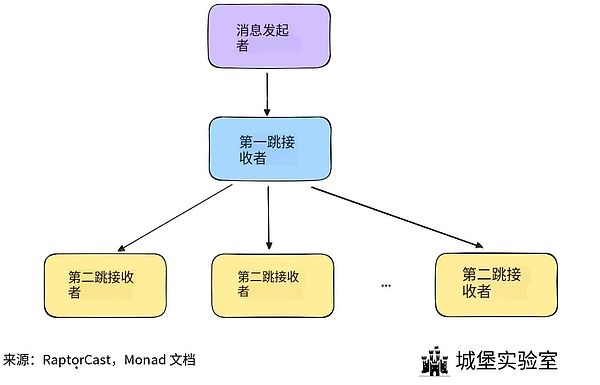Senator Bam Aquino wants Philippine budget on blockchain
- Philippines evaluates government budget on blockchain
- Project seeks greater transparency in public spending
- Blockchain can revolutionize government management
Philippine Senator Bam Aquino announced who intends to introduce a bill to transfer the national budget and government transactions to a blockchain platform. The proposal was unveiled during the Manila Tech Summit, where the lawmaker emphasized that the central objective is to increase transparency and accountability in the use of public resources.
According to Aquino, the idea is to launch an innovative management model, while recognizing the political and technical challenges of implementation.
"No one is crazy enough to put their transactions on the blockchain, where every step of the way will be recorded and transparent to all citizens. But we want to start."
stated the senator during the event.
In a Facebook post, Aquino reinforced his vision for public sector innovation, stating that a "blockchain-based budget would make every peso transparent and accountable." He also highlighted that, if the plan moves forward, the Philippines could become the first country to fully blockchain its budget, although the level of political support for the initiative remains uncertain.
The proposal comes at a time when the Philippine government is already testing similar solutions. Last month, the Department of Budget and Management launched a document validation system using the Polygon network, aimed at combating fraud and digital forgeries. According to Undersecretary Maria Francesca Del Rosario, the system also helps prevent artificial intelligence deepfakes, reinforcing the integrity of official documents.
Besides the Philippines, other governments are exploring the use of blockchain for government operations. Recently, U.S. Secretary of Commerce Howard Lutnick stated that the department will begin publishing economic statistics using blockchain, starting with GDP data.
In the same Asian country, Congressman Miguel Luis Villafuerte presented another proposal, this time focused on creating a strategic Bitcoin reserve, with the goal of accumulating 10.000 BTC within five years. The combination of measures involving cryptocurrencies and blockchain reinforces the trend toward digitalization of public administration in the region.
Disclaimer: The content of this article solely reflects the author's opinion and does not represent the platform in any capacity. This article is not intended to serve as a reference for making investment decisions.
You may also like
Monad Ecosystem Guide: Everything You Can Do After Mainnet Launch
Enter the Monad Arena.

Comprehensive Data Analysis: BTC Falls Below the Critical $100,000 Level—Is the Bull Market Really Over?
Even if bitcoin is indeed in a bear market right now, this bear market may not last long.

Options exchange Cboe enters the prediction market, focusing on financial and economic events
Options market leader Cboe has announced its entry into the prediction market. Rather than following the sports trend, it is firmly committed to a financially stable path and plans to launch its own products linked to financial outcomes and economic events.
Grayscale formalizes its IPO filing

